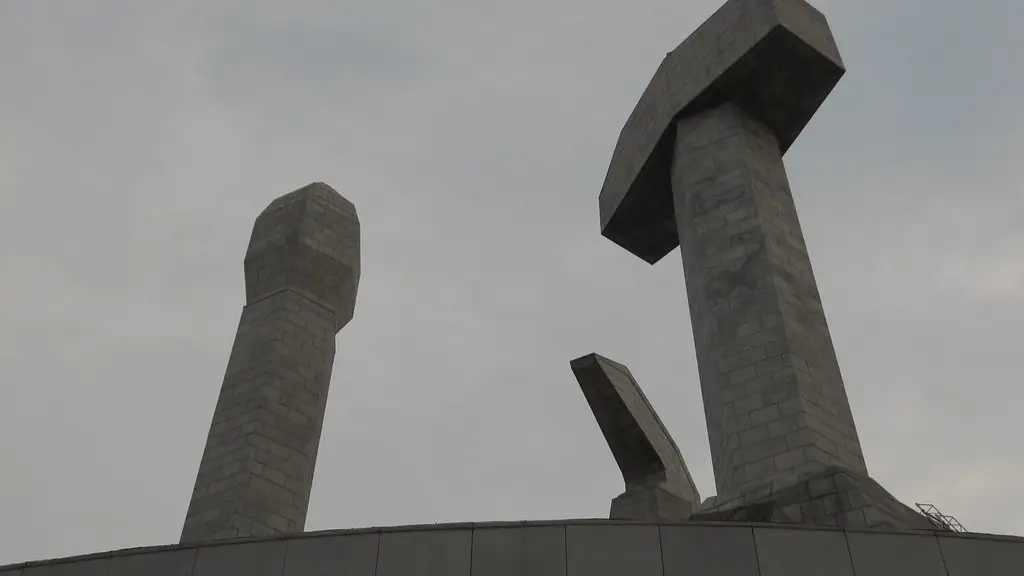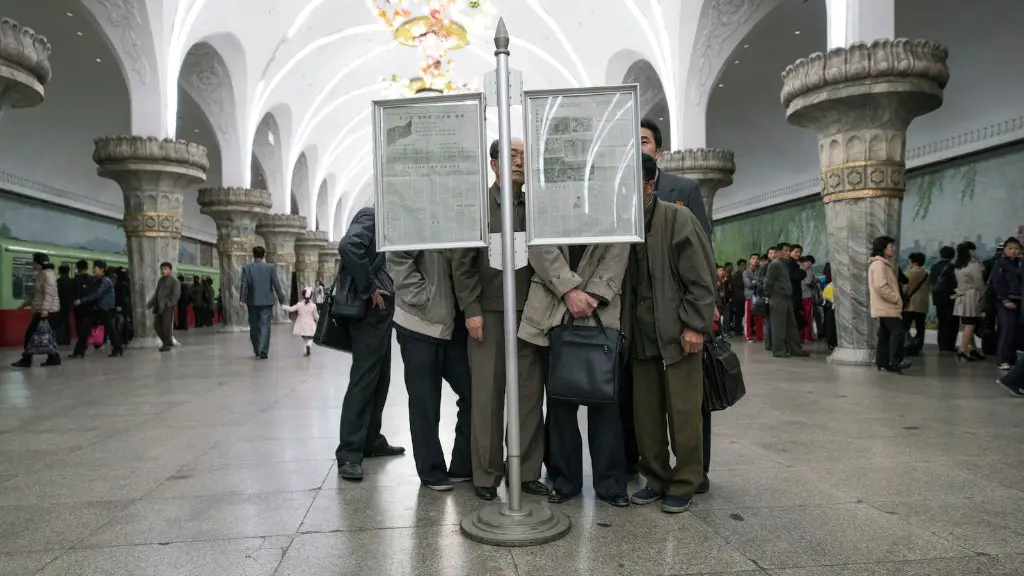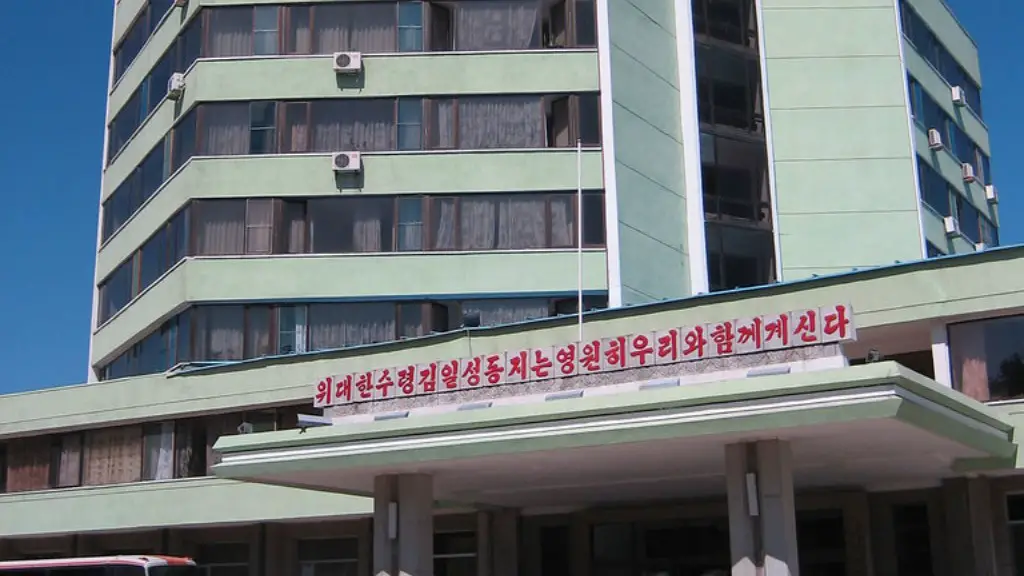The military of North Korea is one of the largest in the world, with around 1.2 million active service personnel. This makes them one of the strongest armies in terms of sheer size and manpower, ahead of countries such as South Korea, China, and the United States. North Korea has long been accused of hiding its true military strength, with some estimates putting the size of its active military personnel at around 2 million.
North Korea has two main wings of the military: the Ground Forces and the Air and Naval Forces. These two branches are supplemented by a variety of paramilitary units such as the Youth League of the Korean Workers’ Party and the Border Guard Command. North Korea has also established various Special Forces units as well as a cyberwarfare unit.
The Ground Forces consist of over half a million personnel and are responsible for defending the North Korean homeland. North Korea has a vast arsenal of tanks, artillery pieces, small arms, and rocket launchers. The Air and Naval Forces are made up of around 150,000 personnel, with their primary mission being to defend North Korea’s borders, both on land and in the air. North Korea’s Air Force is equipped with outdated fighters and bombers, but the country still has a formidable network of surface-to-air missiles.
The North Korean military is also well-equipped for nuclear warfare, with an estimated stockpile of around 20 nuclear warheads. North Korea also has an extensive ballistic missile program and has successfully tested several types of ICBMs. North Korea has also developed a variety of short-range missiles which are capable of delivering nuclear warheads to a range of countries, such as Japan and South Korea.
Unsurprisingly, the North Korean military is highly centralized and entirely devoted to the service of the Kim Jong Un and his regime. All aspects of the military are strictly controlled and supervised by the State, with no room for personal autonomy or independent thought. This makes the North Korean military a formidable tool of repression, with any dissent or disagreement met with swift and severe punishment.
Due to its sheer size, North Korea is one of the few countries in the world capable of launching a full-scale invasion on a neighboring country. This is a major source of concern for many countries in the region, particularly South Korea and Japan. Despite the presence of US forces in the region, North Korea is viewed as a serious security threat by many countries and is a major hub for nuclear proliferation.
Considerations
The immense size of North Korea’s military and its commitment to autocracy and repression makes it a dangerous and unpredictable force in the international arena. The country’s nuclear capabilities and its commitment to developing ballistic missile technology have further increased its potential for destruction. In addition, North Korea’s strict control over its citizens, including the media and other forms of communication, makes it very difficult to accurately gauge the country’s true motives and intentions.
International Relations
North Korea’s large military and its hardline stance on many international issues have left it isolated from many of its neighbors and the rest of the world. Although North Korea has historically had friendly relations with China and Russia, these two countries have taken a much more cautious approach to their relationship in recent years. As a result of international sanctions and pressure, North Korea’s economy has been severely strained, with the country becoming heavily reliant on external aid.
At the same time, North Korea has made a number of overtures towards its neighbors, particularly South Korea, in an effort to reduce tensions and potentially revive economic ties. Despite these attempts at diplomacy, North Korea’s persistent defiance of international norms and threats of violence continue to make it an unpredictable and dangerous force in the international arena.
Outlook
The size and strength of North Korea’s military make it a powerful tool for the regime’s political agenda. In the event of war, North Korea would undoubtedly be able to cause immense destruction, particularly to its neighbors. It is therefore essential that North Korea’s military size and capabilities are monitored closely in order to reduce the risk of regional conflict and nuclear proliferation.
At the same time, it is clear that North Korea’s military is a major source of income for the country. This is especially the case with the sale of arms to terrorist and insurgent groups, as well as to countries in extreme poverty, such as Yemen and Syria. This further highlights the need for stringent international regulations and oversight of North Korea’s military in order to prevent the further spread of weapons and armaments.
Conclusion
North Korea’s military is one of the largest in the world, with an estimated 1.2 million active personnel. This huge size and strength, combined with the country’s persistent defiance of international law and its readiness to use force as a tactic, make North Korea a dangerous and unpredictable force in the international arena. As such, it is essential that North Korea’s military size and capabilities are monitored closely in order to reduce the risk of regional conflict and nuclear proliferation.



